
A long time before we had Naomi Campbell, Alek Wek, Oluchi, Joan Smalls and all the other black models who have challenged the status quo, changed, and continue to change the narrative of people of colour in the modelling industry, there lived a woman by the name of Donyale Luna, who set the ball rolling for the inclusion and revolution we’re witnessing today.
And Donyale wasn’t even her real name.
Born Peggy Ann Freeman to Nathaniel A. and Peggy Freeman in Detroit, Michigan, at a time when fashion and its practitioners were averse to non-whites, Peggy was just another black girl growing up in a small town, attending a catholic school, singing in the choir and trying to escape the sour reality that was her world. She created a fantasy world for herself, and as a teen, began calling herself Donyale.

This tendency to withdraw into her fantasy world combined with her striking beauty earned her the “eccentric” tag among family and friends. But what others deemed weird was what photographer David McCabe saw as special when he accidentally discovered her in 1964.
‘I was stunned. She was so tall and so slender, and had the most incredible bone structure,’ McCabe recalled of spotting the then 18-year-old beauty in her school uniform.
What followed after that meeting was nothing Donyale could have ever pictured – even in her fantasies. She travelled to New York on the invitation of McCabe and was introduced to Nancy White, the Editor of Harper’s Bazaar who was so impressed by her that she had her sketched by an illustrator for the cover of a 1965 edition of the publication – the first time a black model would be featured on the cover.
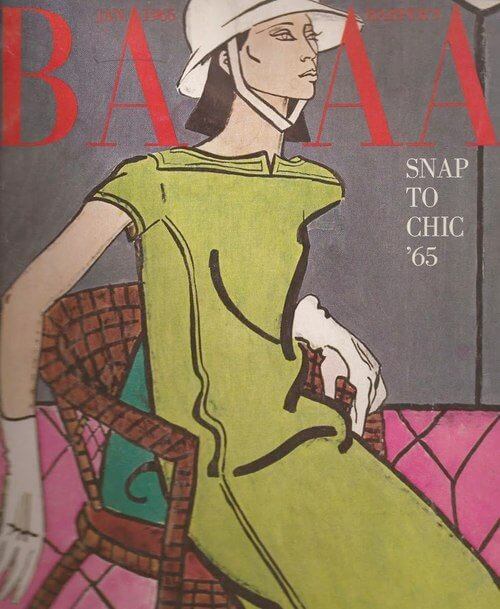
Subsequently, she signed a one-year with Bazaar’s staff photographer Richard Avedon whose first photos of her ran in a 6-page editorial in the magazine’s April 1965 edition, 3 months after her sketch appeared on the cover.
If there was anything Donyale had become sure of, it was this: she was destined for the top (she pretty much started at the top), and she conveyed as much in a letter to her childhood friend, Mary Ann. “I’ll be on top of the world if it takes every breath I have, every muscle of my skinny body. I feel it, I know it. I’ll be some kind of star real soon. Real soon.’ she wrote.
So when the fashion industry that had opened its door a crack to let her in were forced to shut her out, because she was bad market (consumers and advertisers were pulling away from Harper’s Bazaar for featuring her – a black model – in the magazine), the 5’11” model instead of letting it discourage her, packed her bags and moved to the next fashion capital on her radar – London.
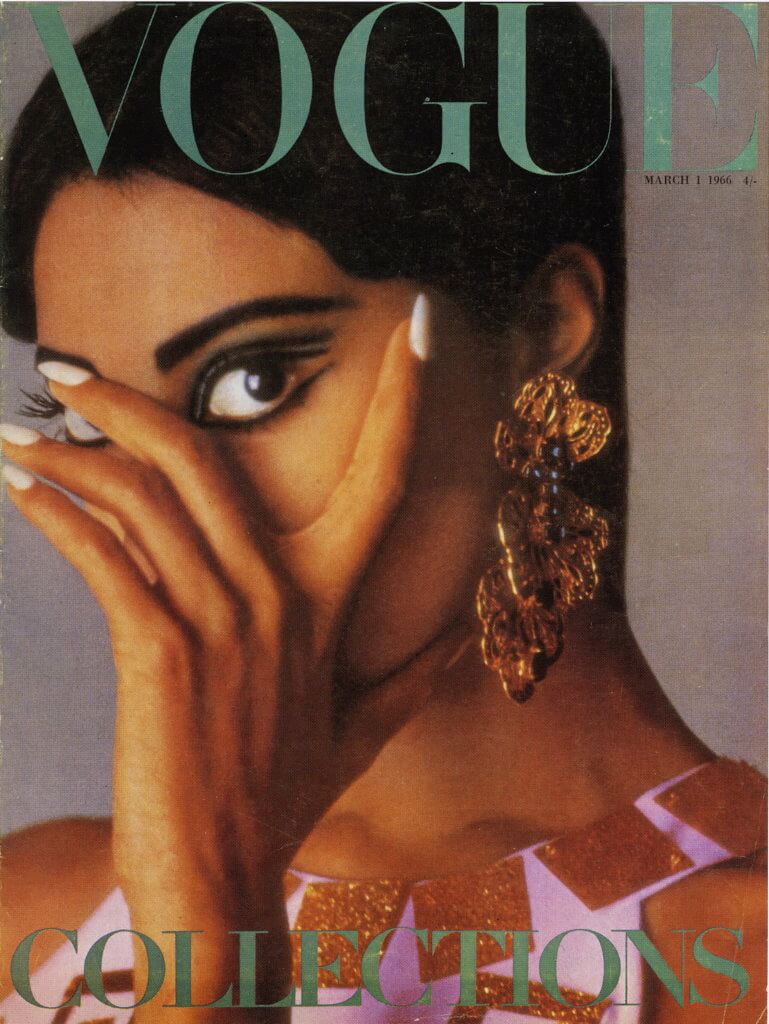
Mere months after she moved to London, the wide-eyed caramel-skin beauty scored another first. Donyale was photographed by David Bailey for the March 1966 cover of British Vogue making her the first ever black model to cover a Vogue magazine. Her domination of the European fashion scene was so thorough that Time Magazine ran an article declaring 1966 “The Luna Year”. The movie scripts also started coming in the mail and appeared in a couple.
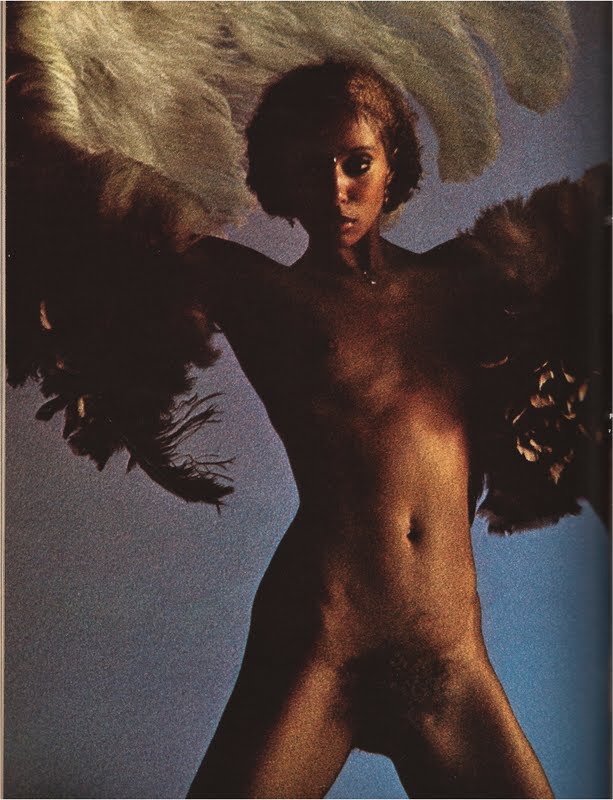
But fame doesn’t always come without its downside. Soon enough, the naive, albeit weird teenager who wouldn’t touch alcohol or smoke pot when she first came on the scene (she reportedly chided her fellow models for smoking pot), started hanging with her ilk – the famous and the rich – and in no time imbibed their lifestyle. Wild parties, sex, drugs – lots of it.
And the men. They came in their numbers. Tons of relationships, a few broken engagement and two marriages – the last of which produced her only daughter, Dream. The men were enthralled by Donyale. ‘She had no tits, but lots of presence,’ said her friend Pat Cleveland. ‘We’d walk down the street and men’s mouths would drop open in awe. When we walked into restaurants people would stop eating and stand up and applaud. She was like a mirage, or some kind of fantasy.’

Her eccentricity was also at an all time high – perhaps aided by the drugs. Journalist Judy Stone who profiled her in 1968 described her as “secretive, mysterious, contradictory, evasive, mercurial, and insistent upon her multiracial lineage—exotic, chameleon strands of Indigenous-Mexican, Indonesian, Irish, and, last but least escapable, African”. Donyale was undeniably black but, she vehemently refused to take any part in the fight for racial equality. She, in her own words, couldn’t care less if her soaring career would open the door for more black women.
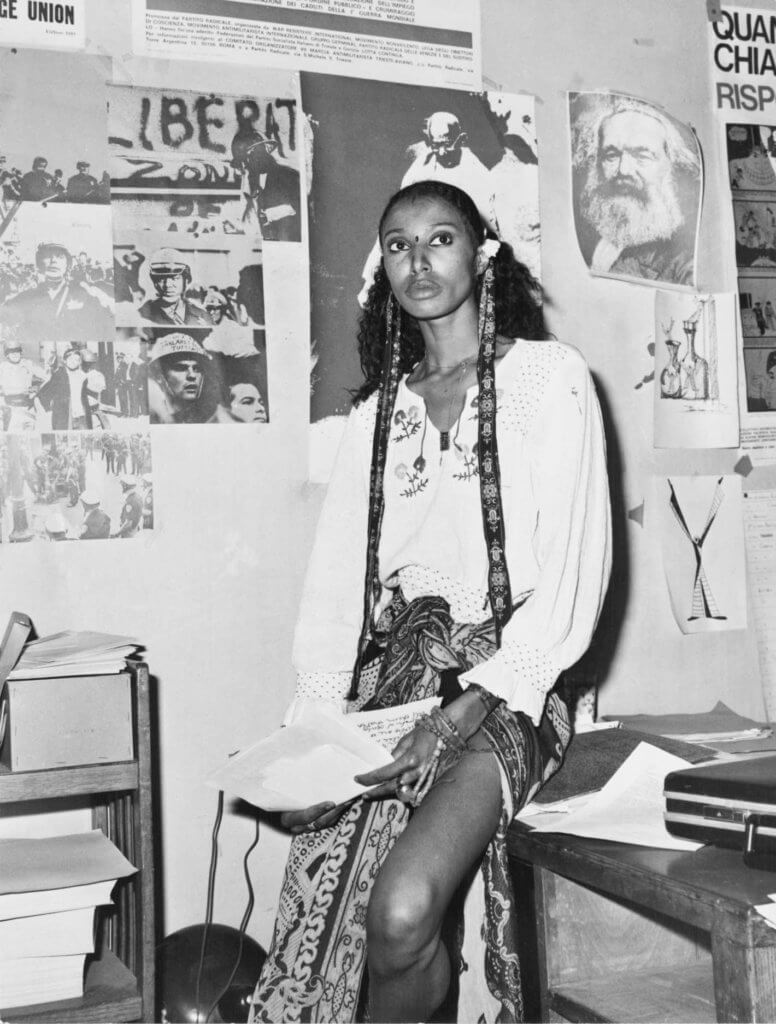
The drug use was her undoing, and the death of her. A once soaring career took a nosedive as a result. She stopped showing up for bookings and on the few occasions she did, she made sure to give everyone on set a hard time.
On the morning of May 19, 1979, at the age of 33, Donyale Luna passed away on a hospital bed following an accidental heroine overdose, leaving behind her 18-month-old daughter, Dream.

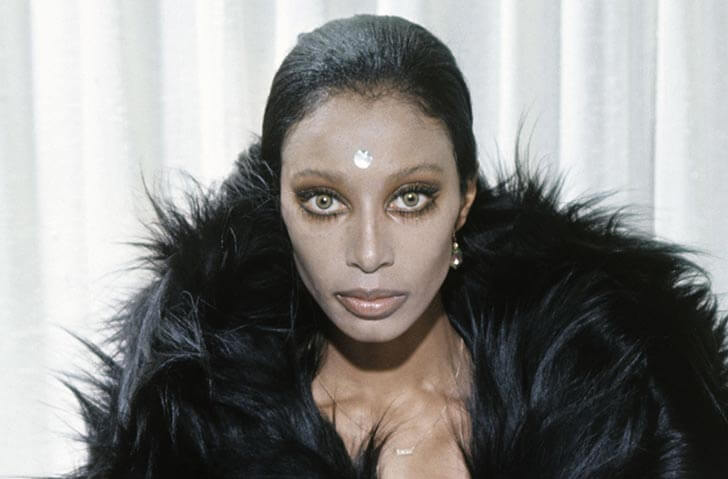


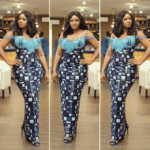
Comments
Loading…